Every street corner in Cairo tells the story of a cosmopolitan past. From international communities to foreign invasions, many cultures have left their mark on the city and its unique identity.
Away from the modern constructions in Cairo’s new and growing satellite districts, the heart of Cairo boasts architecture that encapsulates the history of a melting pot of cultures, with buildings that show the different eras and styles that came through Cairo, fashioning it into its modern form.
Among the various influences, European architecture played a part in the construction of multiple districts in Cairo: from French styled buildings with Parisian domes and flamboyant French cantilever-shaped balconies with steel railings to British flat-roofed buildings with bare red-bricks. Or the terraces and balconies supported by Greek and Roman inspired columns and pillars, a stroll through Cairo takes you down the city’s own memory lane.
Here are three districts that display the remnants of European history and architecture in Cairo.
Masr El-Gedida (Heliopolis)
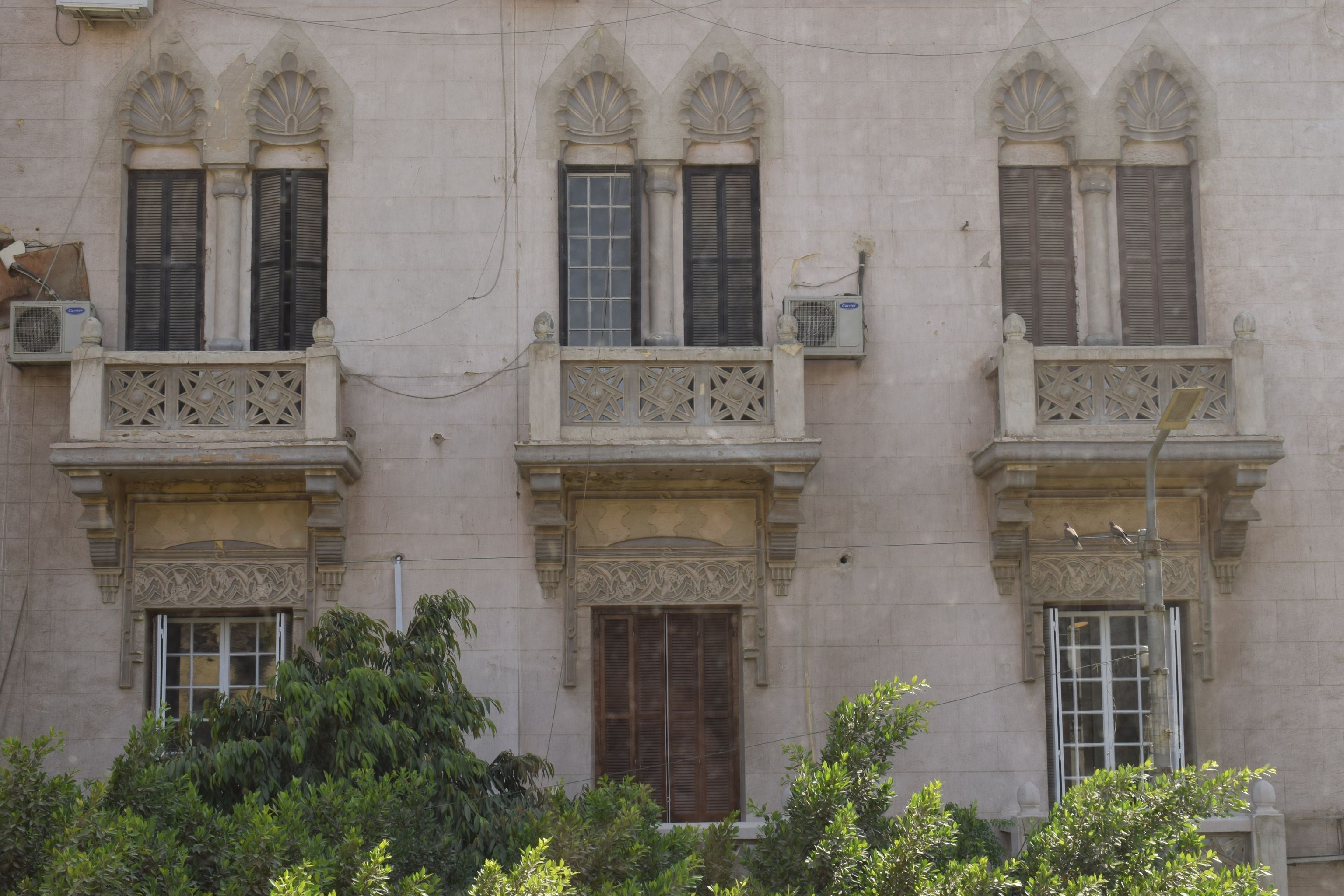
Despite its roots in ancient times, Masr El-Gedida, also known as Heliopolis, was only developed as a district of Cairo in the early 20th century upon the arrival of Belgian engineer Edouard Empain.
Heliopolis is home to the Baron Empain Palace, built for Empain and his family to live in. During his time there, he decided to build a modern city, designing and constructing El-Korba, a small area still loved by Cairenes until today, with buildings embellished with high arches and lined with a number of shops and restaurants still loved and frequented by Cairenes today.
Known for its wide avenues and palaces, the architecture in Heliopolis is greatly influenced by the wide boulevards of Western Europe, combined with the neo-Islamic style in elements such as the dome-shaped windows.
Empain was not the only visionary responsible for the designing of Heliopolis: French architects Alexandre Marcel and Georges-Louis Claude, along with the Syro-Lebanese architect Habib Ayrout also had a significant role in the area’s architecture.
Downtown Cairo
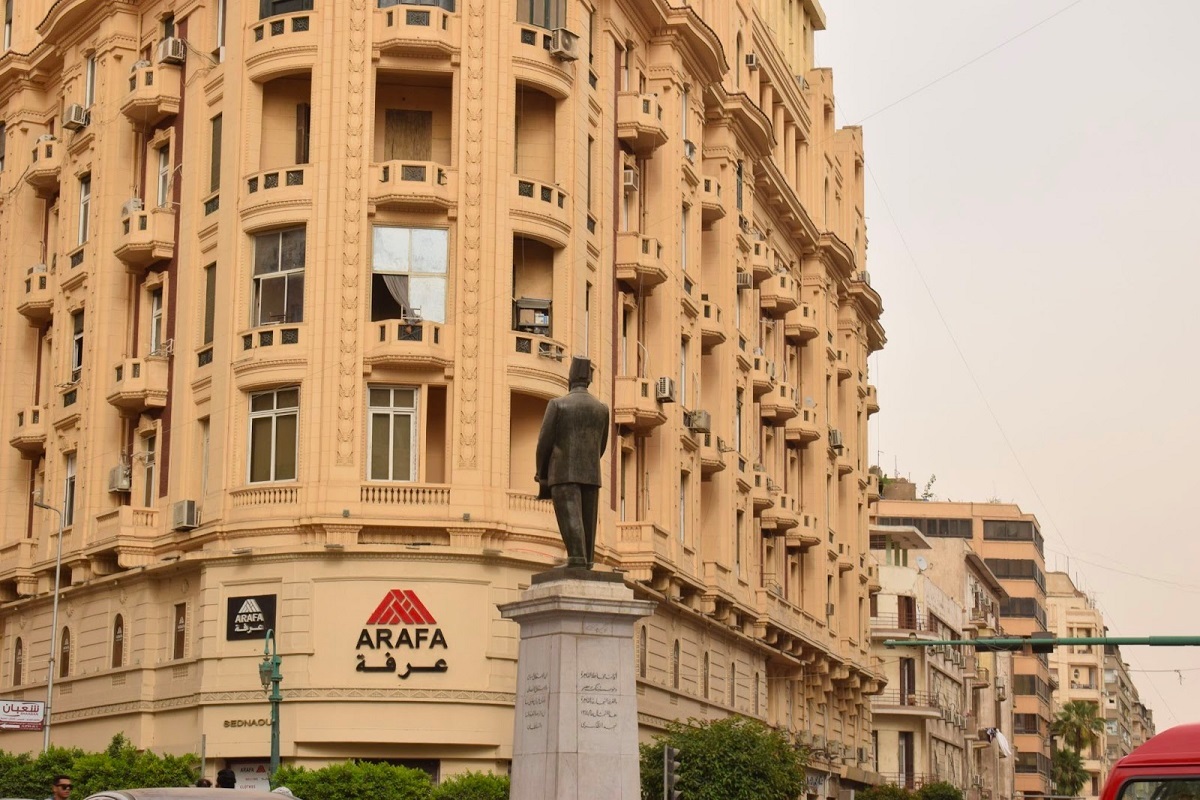
Downtown Cairo, known to Egyptians as Wust El-Balad, is poetically understood as “the heart of the country”. This crowded, bustling district of Cairo lives up to its name, as it is not only the physical center of Cairo, but acts as a hub for transportation, business, and culture, centered on Talaat Harb Square and Tahrir Square.
Downtown Cairo was designed in the 1880s after Khedive Ismail visited Paris and was inspired to build a European city at home. He hired European – specifically French Haussmanien – architects to design the city, with wide boulevards and buildings reminiscent of those he found in Paris.
The French architectural influence can be especially seen through the apartment buildings with their traditional French balconies and windows as well as through the marble designs framing the windows.
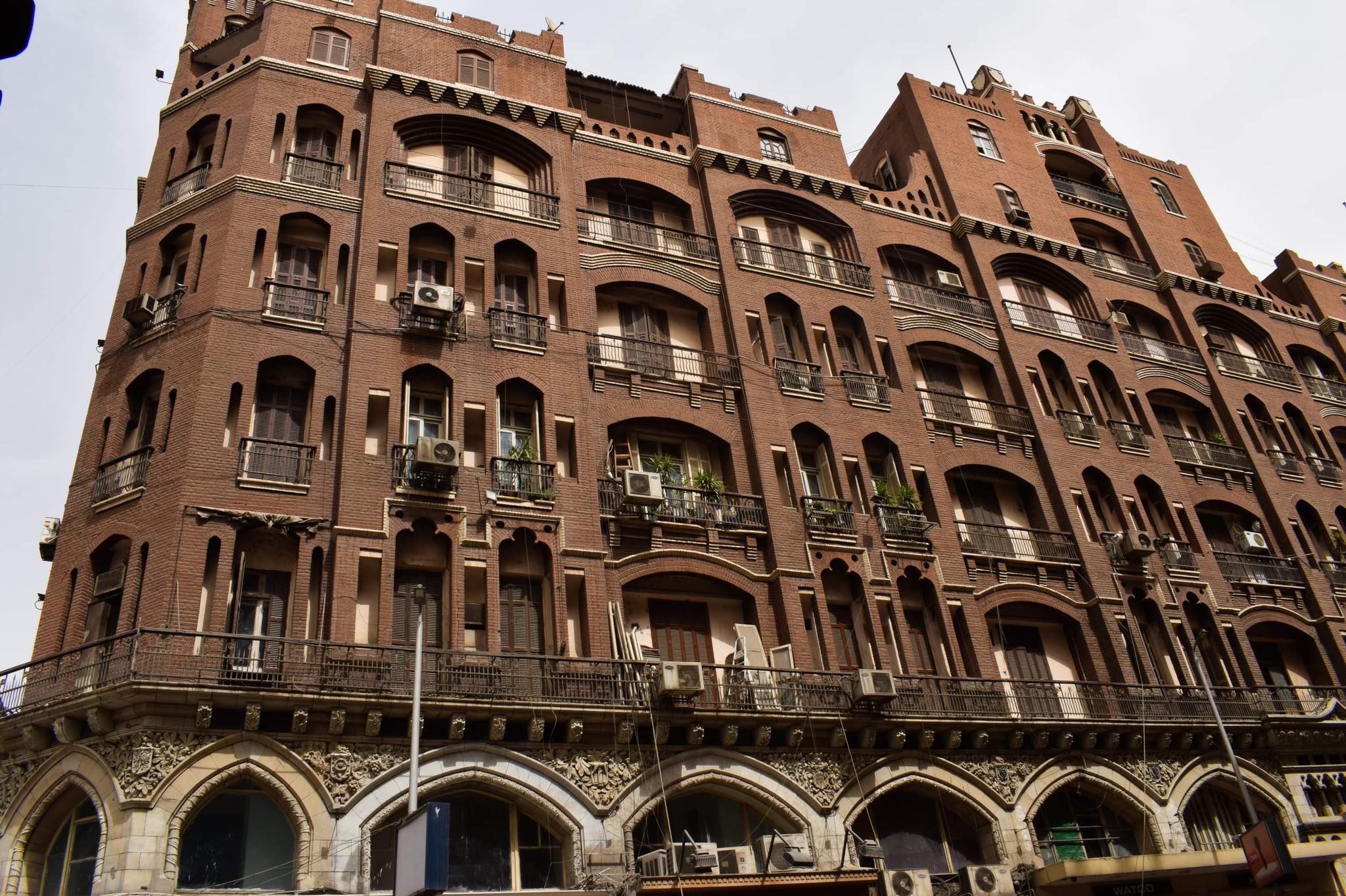
The tall, exposed red brick walls and simply-aligned windows of the British-style “Ex-Davis Bryan Building” in Abdeen Street are another key landmark of Downtown Cairo. Named after Davis Bryan, a Welshman who kept a shop — which sold a variety of imported goods including: men’s and ladies’ hats, travel gear, draperies, shoes among others — in Egypt, the building was built by a Welsh architect commissioned by Bryan.
There is also the iconic cinema complex, Radio Cinema, which was structured and designed by French architects. Radio Cinema premiered some of the most acclaimed films in Egypt and was the stage to world-renowned and soulful Egyptian icon, Umm Kulthum.
Another prominent European feature in Downtown Cairo is the famous Groppi in Talaat Harb Square. Groppi was a famous ice-cream parlor and café founded by Giacomo Groppi, a Swiss confectioner who brought a part of Switzerland to Egypt in 1926.
Zamalek
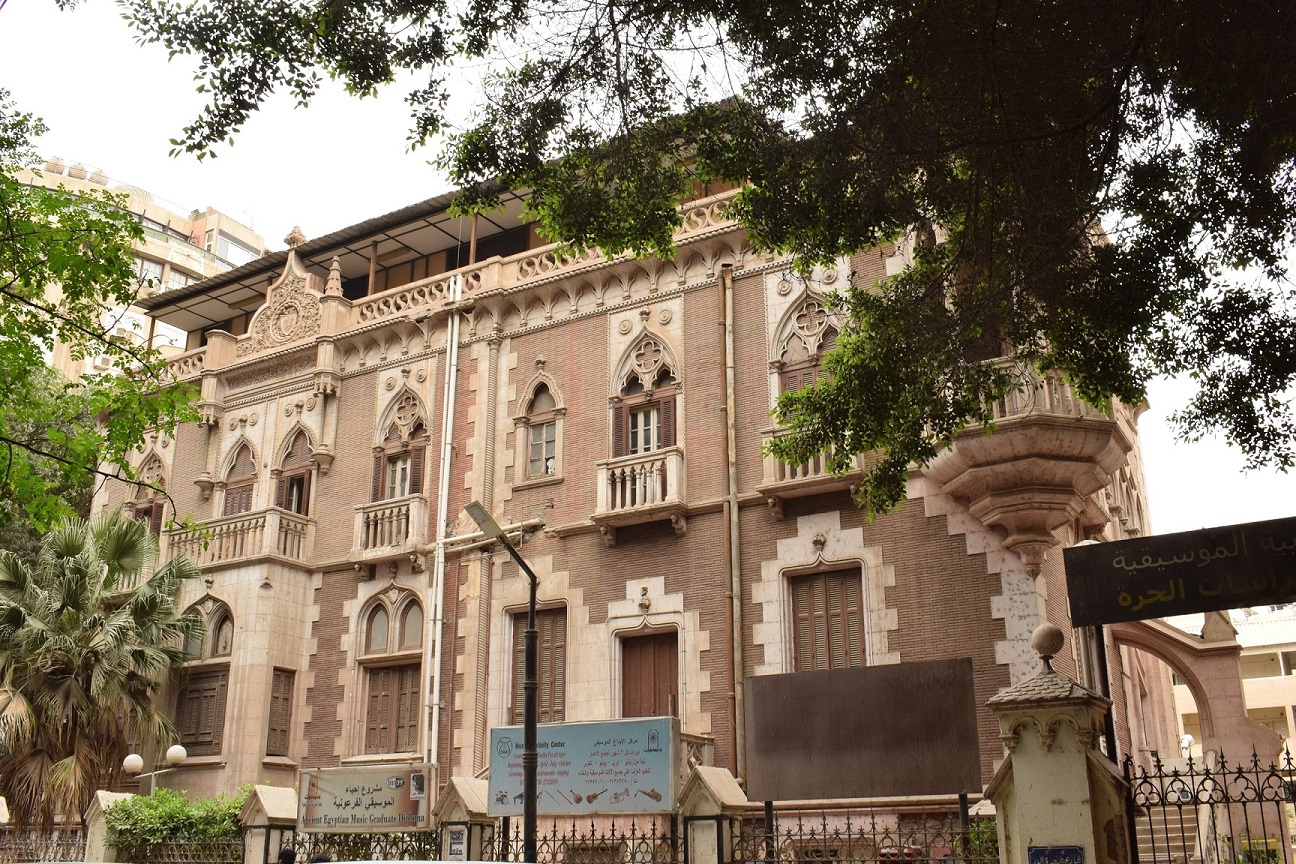
Still a hotspot for Cairenes until today, Zamalek is another district influenced by European architecture. With its understated British-style buildings, it is a varied, affluent neighborhood bursting with life and color. Separated from Giza by a thin strand of the Nile River. Zamalek’s geographical location reflects many of the social changes Egypt underwent over the years, and developed its own identity along the way.
Zamalek was built in the 19th century during the British occupation, as a place for those who worked for the Khedive to find cheap accommodation without being too far away from his headquarters in Abdeen Palace. Over time, the influence of the palace declined and the landowners in Zamalek began selling their properties.
As a result, Zamalek transformed into a socially-based district – from the original working-class residents to new political and social elites. Thus, a new style of architecture took over the neighborhood and buildings were constructed by European standards due to the foreign influence present in Egypt at the time.
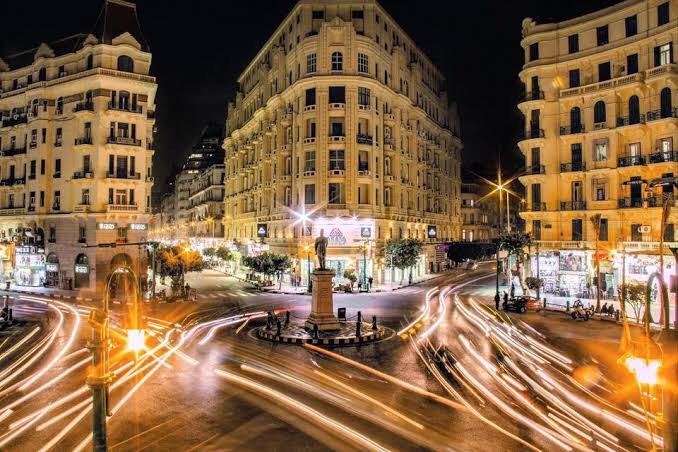





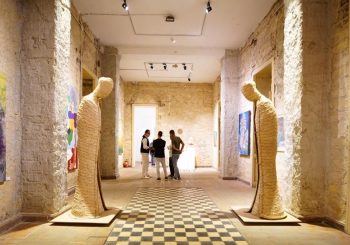
Comments (0)